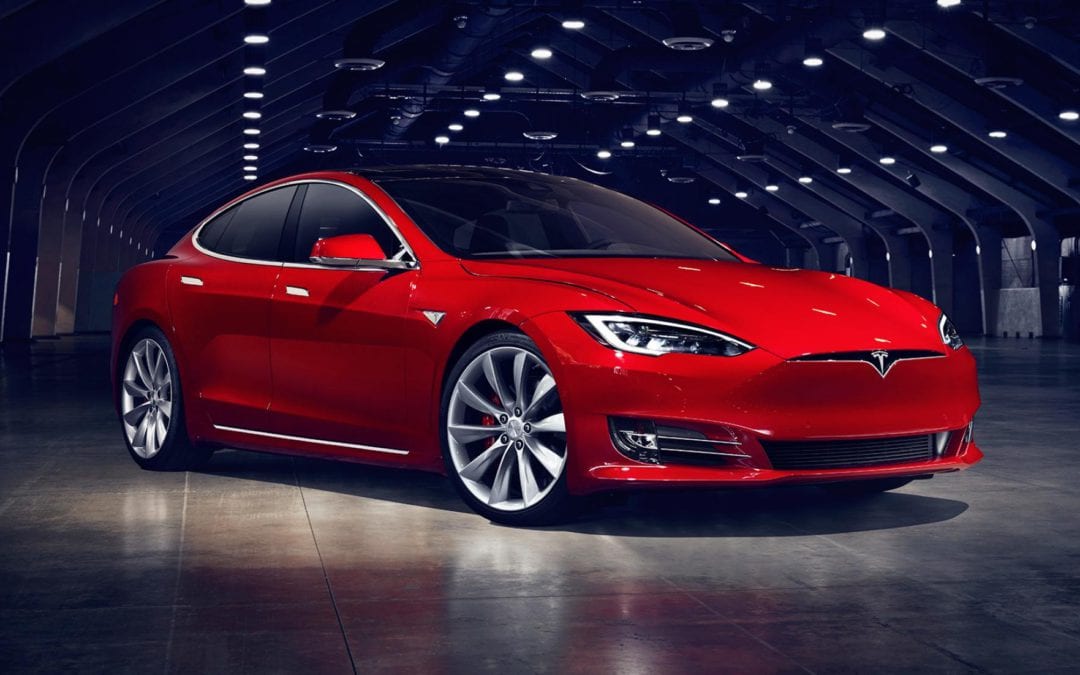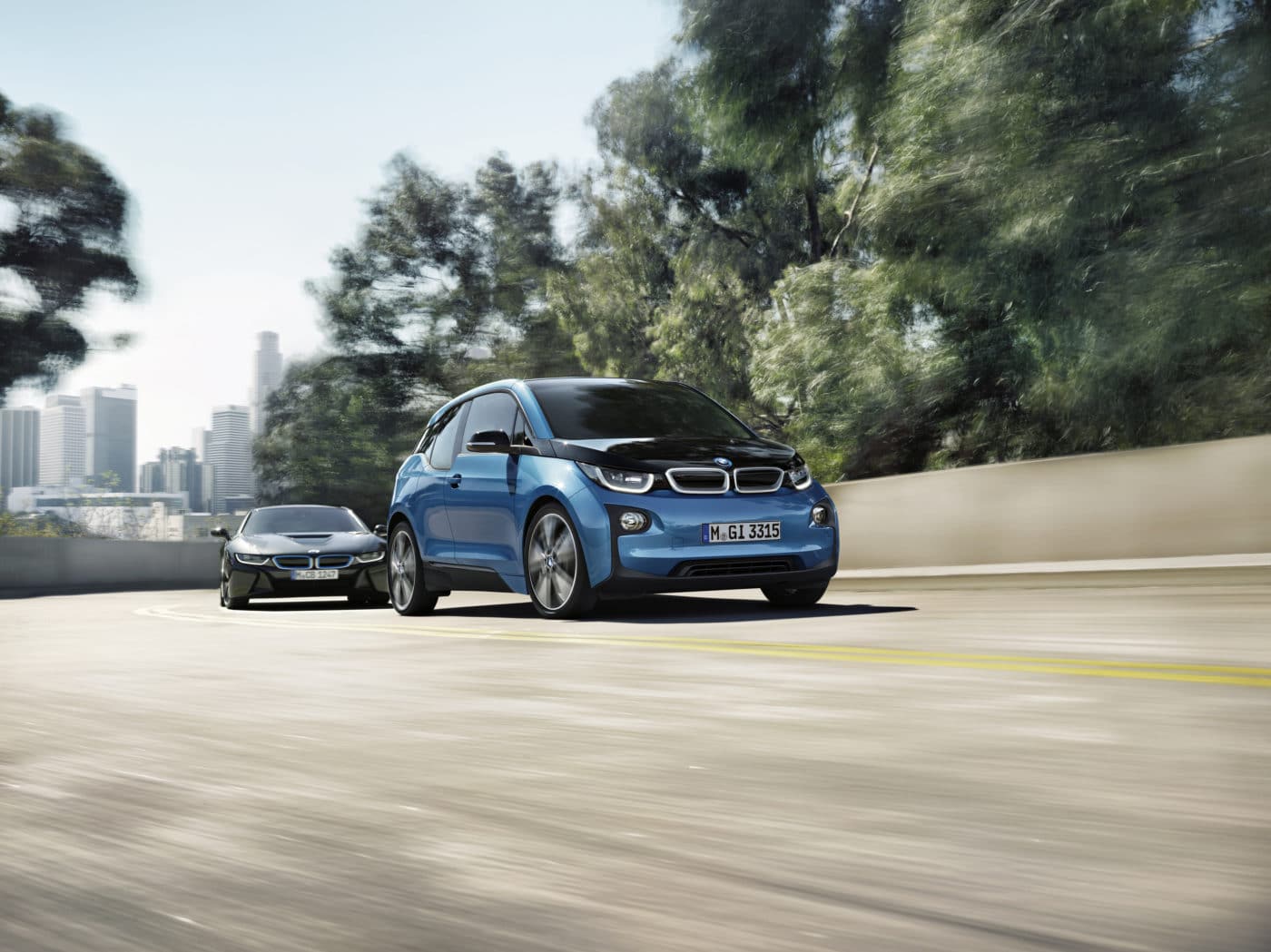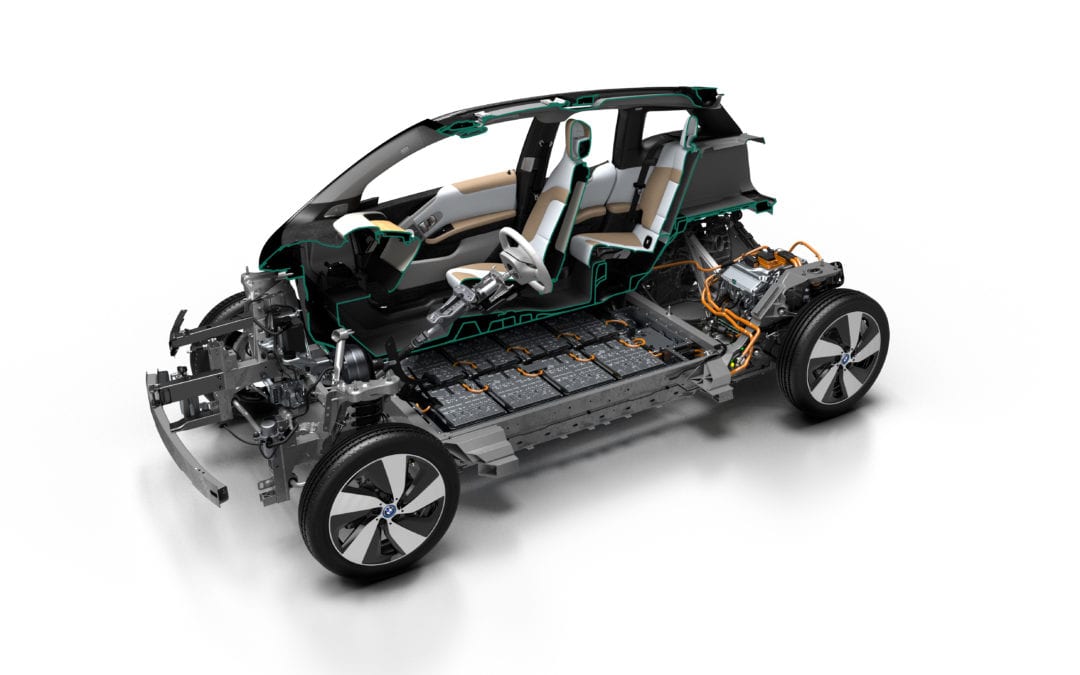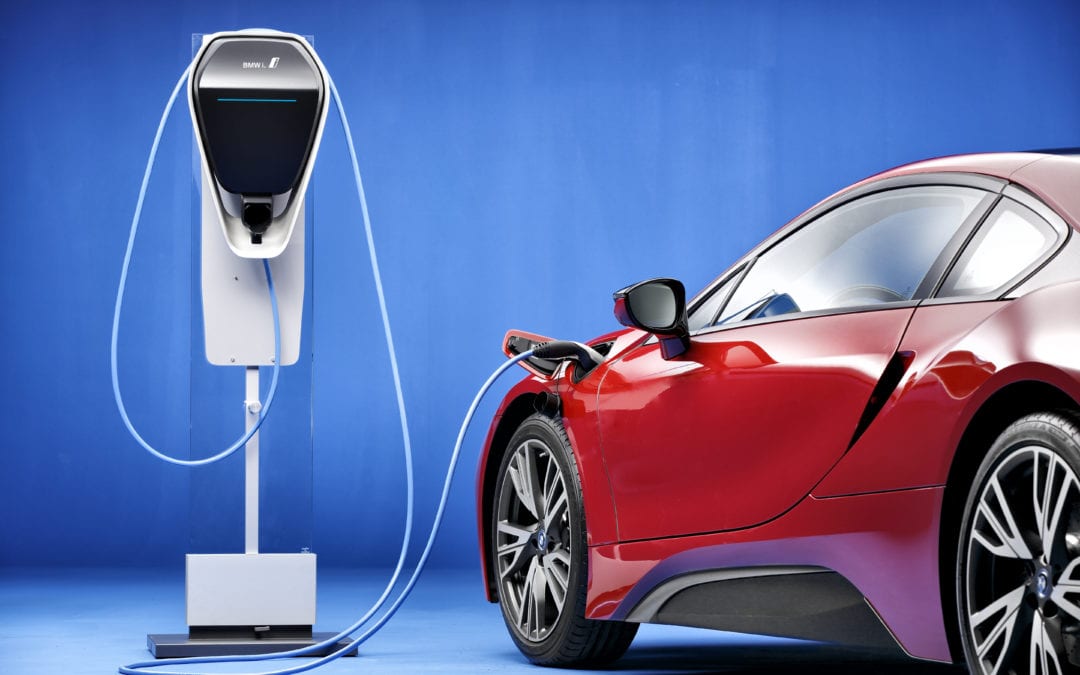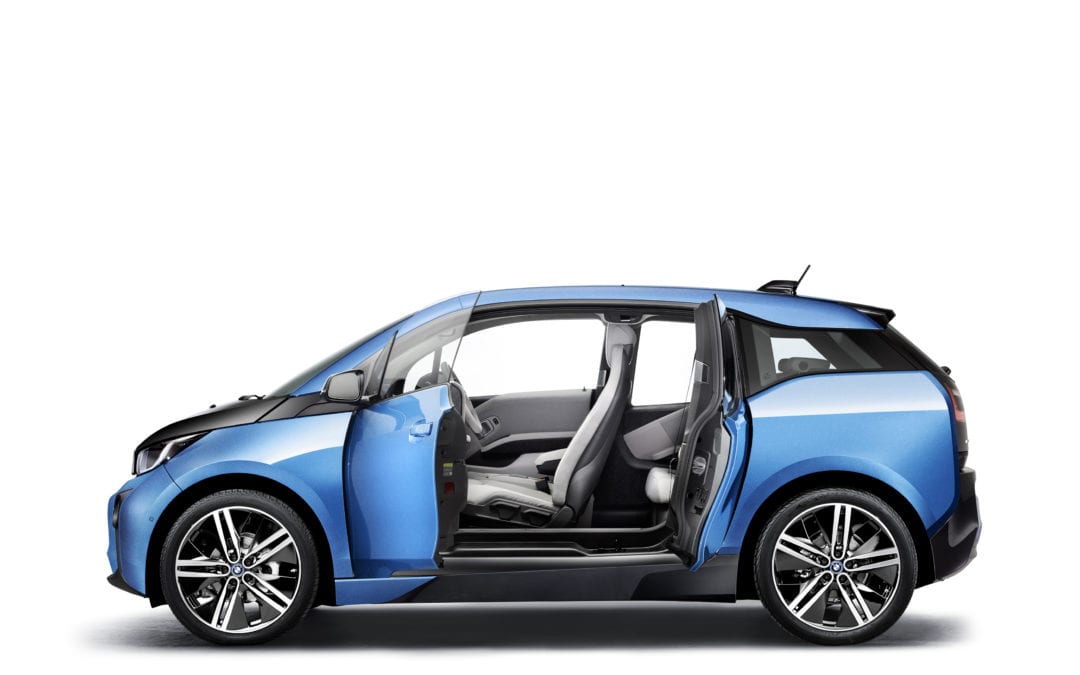I am glad to report that range anxiety is only a short-term infliction for a novice EV driver. It took only two days to overcome the fear, which I realize know is born out of ignorance or a lack of experience. I feel so confident now that I am even prepared to take up a challenge to drive the 1400km to Johannesburg, which I estimate could be done in two days.
Granted, I am driving a BMW i3 REx, which can be classified as a plug-in hybrid (PHEV), giving you that added a sense of security. Over the last four days, I have only used the combustion motor on the first day to maintain the battery’s charge level, more our of fear than necessity. In fact, the American Environmental Protection Agency (EPA) devised a measurement, called a utility factor to compare how different PHEV’s are used. The utility factor is a projection of the share of miles that will be driven using electricity by an average driver in full electric or blended modes for PHEV’s. The Toyota Prius, for instance, has a utility factor of only 29%, while the Chevy Volt has a utility factor of 66%. The BMW i3 REx has a utility factor of 83%, supporting my experience.
Naysayers will try and detract potential or novice EV drivers by stating that an emerging market like South Africa does not have the necessary infrastructure of charging stations to support the adoption of EV’s. I was shocked that the sales manager of one of the large luxury brands used this argument on me today when I tried to find out what EV’s of PHEV’s they have locally. He argued his brand only supplied the best technological solutions. Really? Not a good claim to make if the only PHEV in the parking area was that of your competitor. I sometimes wonder why people, in general, depend on the word of a sales representative to make crucial buying decisions. This manager knew nothing about EV’s but he was prepared to take a position against it and most buyers would have based their decision purely on his knowledge. I digress. Granted, we do not have the fast charging network to support long distance traveling, but as mentioned in my post on range anxiety, only a few people need to travel more than 100km’s a day, at the least making the case for an EV as a second family vehicle. I found that there is no real need for charging stations to detract you from your buying decision. During this last week, I traveled 70km a day to and from work, leaving me with ample range to travel about three days in total before re-fueling. When home I plug the vehicle into my normal wall outlet overnight to recharge the +/- 10kWh I used. In any case, there is already some charging stations planned or being constructed in South Africa. A recent article estimated that globally charging stations would be a $12.6Bln industry by 2022, which would attract entrepreneurs or large corporates to provide the service locally.
Perceived high electricity rates impacting on charging cost is another favorite counter argument for EV’s. South Africans don’t like to hear that our electricity is cheap, however, compared to international standards it is still very cheap. Currently, the average base charge per kWh in Europe of €0.22 equates to R3.74 at the current exchange rate, compared to about R2.30 in Cape Town. Charging 10kWh would cost around R23, which is far less than the estimated R80 per day I spend on fuel for the same distance. WattEV2Buy provides a great tool to measure the cost of charging and comparing the cost for the different EVs and PHEV’s.
Another favorite argument by naysayers is that an EV’s battery pack only last for a couple of years and a replacing a pack are expensive. Most EV manufacturers currently provide an 8 year / 150000km warranty of the battery pack. Eight years is a very long time in the life of any technology. Added to which, if one take into consideration the huge increase in lithium-ion manufacturing capacity over the next three years, you can expect big price decreases in the kWh price of batteries. Just in the last year lithium-ion battery, cell cost decreased from above $600/kWh to $145/kWh negotiated for the Chevrolet Bolt battery pack from LG-Chem. Furthermore, a couple of business plans already exist for the second live of EV batteries as stationary solutions for grid or battery home systems. Both Nissan and BMW have already announced efforts to create second life products, giving some value to the battery pack when it needs replacement. Internationally efforts are also afoot to utilize EV batteries as part of the smart grid, providing EV users an income from their batteries for being a demand response asset when charging or even as backup power for one’s own home. There are even some manufacturers that lease the battery, so you would only buy the “shell” of the vehicle, Citroen and Renault provide this service. Some critique to this business model is that some drivers are skeptical that the vehicle could be disabled should they miss a payment.
I can honesty say that for me, apart from price there is no real argument for not switching to an EV or PHEV at the least. Elon Musk has done humanity a big favor by bringing EV adoption forward. It forced all the large manufacturers to review their EV strategies. Up to 2014, there was still widespread skepticism on the future of EV’s. If one review the vehicle manufacturers strategies in 2016 as summarized on wattEV2buy, it is clear that most have changed course for PHEV’s and EV’s. Now the majority of big auto brands have a planned product mix of around 50% PHEV’s and EV’s by 2020.
There is only limited time left to classify yourself as an early adopter, within two years the decision to buy an EV would be mainstream and promoted by the marketing departments of all automakers.
In the next blog we look at how to get the most out of your EV’s battery and extending range.
